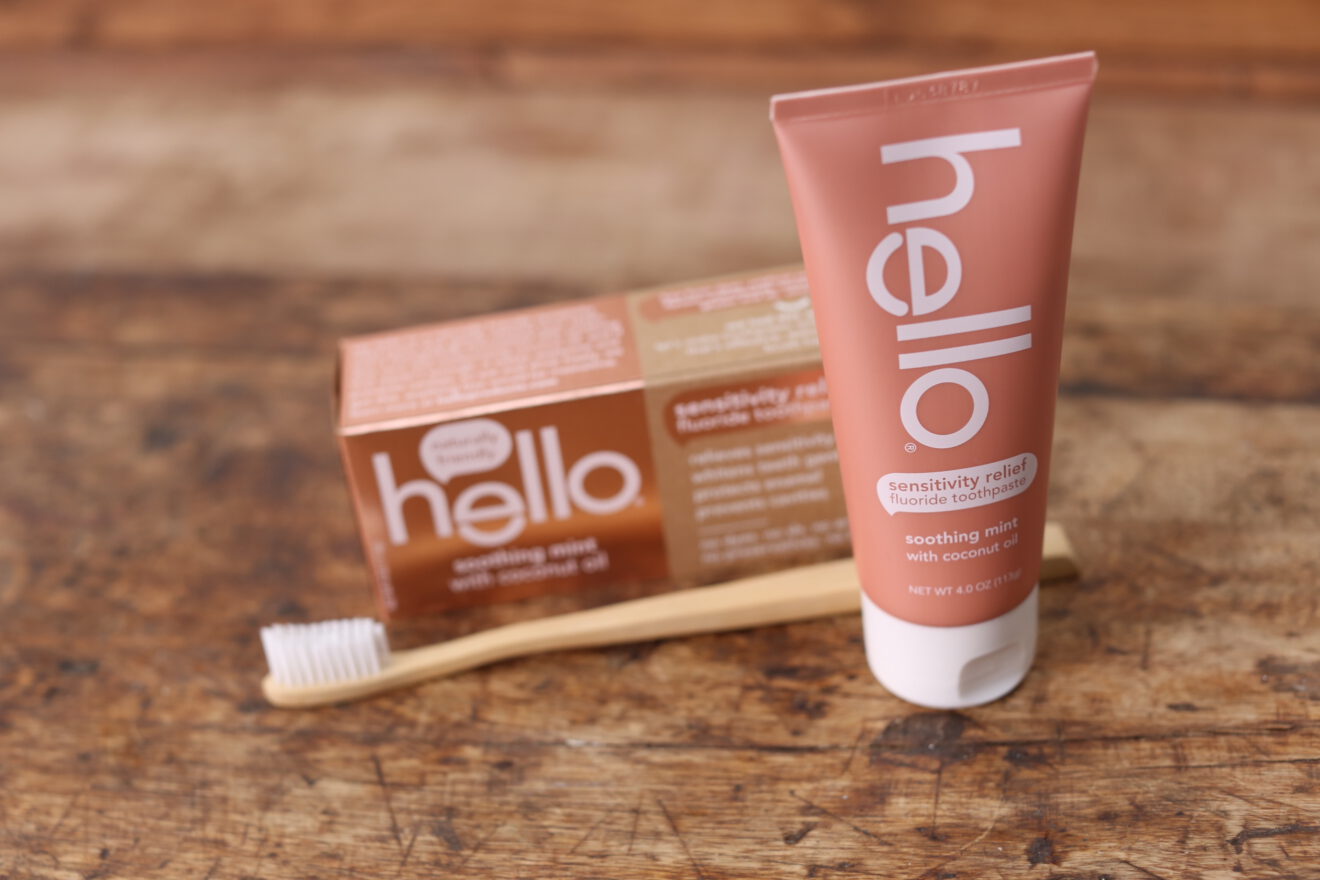Disruption is always a recurring theme at the National Retail Federation’s Retail’s Big Show. During a mid-morning session in New York City on the conference’s closing day last week, two leaders in the consumer packaged goods space talked about disruption in advertising — specifically how they have had to change the way they talk to consumers with the rise of direct to consumer brands.
The speakers at the session brought two unique perspectives — one from a major player in the CPG industry and another from a startup oral care company. Monica Turner, senior vice president of sales in North America, spoke on behalf of P&G, and Craig Dubitsky spoke on behalf of the startup he founded — Hello Products.
Turner started out by talking about P&G’s laundry detergent brand Tide.
“Tide is changing because consumers are changing — and that’s really just a fact,” she said.
In trying to think more like a DTC brand and disrupting the way the brand talks to its customers, Turner said that Tide has changed its approach to marketing to create compelling ads that consumers will want to watch. Tide has also changed its overall brand messaging by thinking differently about the products it offers. For example, Tide has turned to plant-based formulas and zero-waste products.
Tide has also disrupted the way it reaches its customers, thinking beyond the traditional advertising path and adding laundry services and a community outreach program called Loads of Hope.
“We’ve never seen this level of impact before,” Turner said. “The best way for us to manage disruption is to lead.”
Oral care startup Hello Products, on the other hand, didn’t so much have to retool the way it thinks about and talks to consumers as take an innovative approach to consumers from the very beginning. In fact, Dubitsky referred to the word consumer as “the dreaded C-word.” He said he prefers to use the word people, rather than consumer.
Hello Products was born out of the idea that people deserve better products, especially when it comes to taking care of their mouths. And Dubitsky saw the category as ripe for reinvention because there hadn’t been much innovation in the oral care category in recent years.
“Where’s the fun? Where’s the excitement?” he had asked himself. “These are things that are going in your body every single day,” he said.
At Hello Products, Dubitsky and his team looked at the oral care industry as a whole and the messaging from other brands about killing germs and fighting bacteria, and decided to turn that on its head — focusing instead on products and design with the friendliest word he could think of in mind: hello.
Rather than emphasizing products, price, promotions and other things traditional oral care brands focus on, Hello Products emphasizes things like provenance, people, passion and purpose. And at the center of everything the brand does is its mission to make everything that goes in people’s mouths as natural as possible, all while tasting good.
“There’s new opportunity to invent every single day,” Dubitsky said. “There’s no such thing as a boring category.”
Dubitsky outlined several “big ideas” for the audience to take away from the session:
- Make your products look beautiful, because everything communicates with consumers.
- If you want to communicate to people that you’re a brand that cares, make everything transparent.
- Humanize everything you do as a brand, and make your business and products as personal as possible.
- When you take the time to make products that are good for people, make sure they are affordable and accessible to everyone.
- Be in the business of delighting people.
- And at the end of the day, don’t fear failure.
“If you put positive out, you get positive back,” Dubitsky said. “If you put negative out, what do you think you get back?”
Turner also talked through what P&G has done to keep up with the changing consumer landscape outside of its Tide brand.
For instance, she said P&G is using advanced media analytics more than ever to reach people with targeted brand messages that have just the right level of frequency. To accomplish this, the company brought its media work in-house versus sending it out to agencies to allow for direct engagement with consumers.
P&G has also recognized that consumers are using their buying power to support brands that are good for them and good for the world as a whole.
“They are choosing brands that are better for them, better for their communities and better for the environment,” Turner said.
P&G is responding to that through brands and operations, she said, enacting plans for combating plastic waste, for example. Deodorant brand Secret has worked toward the support and promotion of women for decades, diaper brand Pampers is working to get more baby changing stations in men’s restrooms and Gillette has debuted the first razor designed specifically for assisted shaving, Turner pointed out. These types of efforts help P&G and its brands develop deeper, more meaningful connections with consumers.
Consumer expectations are higher than ever, Turner said, so P&G has moved to become more high-touch. The company has also focused more on technology and reinventing the customer experience.
“[Consumers] want everything to be effortless and convenient,” she said.
